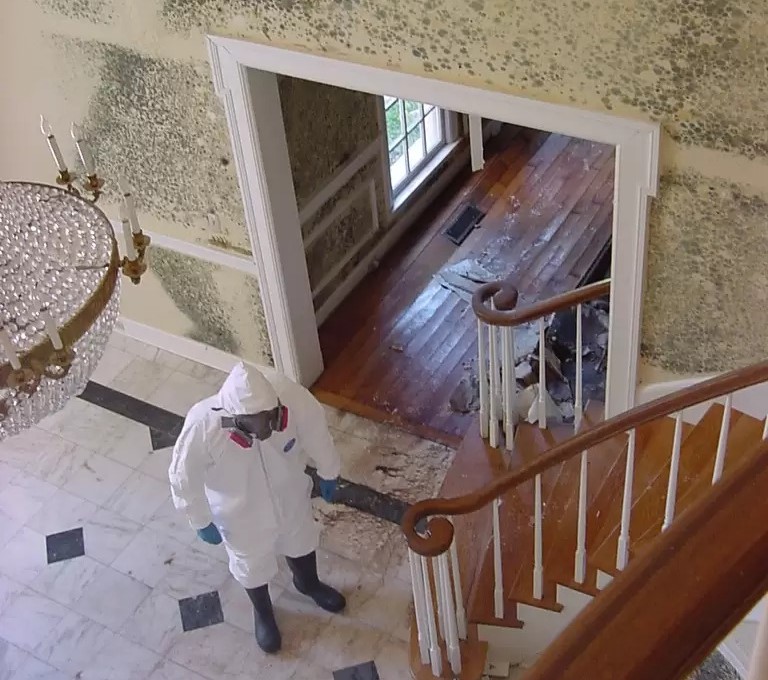
Mold Remediation in Washington DC Home
If you’re wondering when mold remediation is necessary, you already recognize that mold can escalate into a serious health hazard in your DC home. In this article, we’ll review the components and factors that go into mold removal and mold remediation which are not necessarily the same thing.
Knowing the difference between mold removal and mold remediation will give you a stronger and more empowered understanding of how to determine when it’s time to call a professional for mold remediation.
Mold Removal
The process of ‘removing mold’ is called mold removal. “Removal” sometimes indicates cleaning without addressing the root problem, the source of mold.
While mold is a natural part of the ecosystem, you cannot eliminate it completely. Mold spores are found in all indoor and outdoor spaces, making it virtually impossible to eradicate mold completely. The key to successful mold management is to control mold growth.
Mold spores are usually harmless until they settle on a damp spot and begin growing into active mold. A simple mold removal process is not enough to solve mold problems in a home, unless the infected area is extremely small.
The Importance of Mold Removal
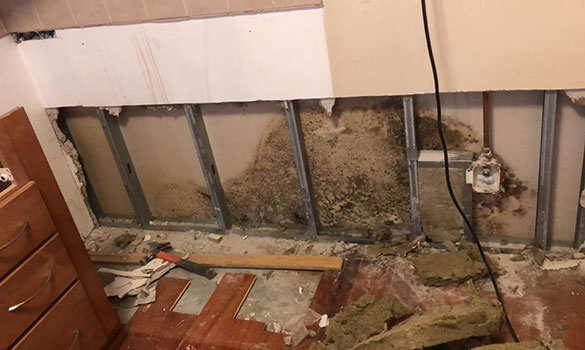
Mold removal is important because prolonged exposure to any type of mold can adversely affect your health and well-being. If someone in your family is sensitive to mold allergies, it makes sense to address and resolve any mold issues much sooner than later.
When you notice any kind of mold growth in your home or office, you want to have it removed immediately. Depending on the location and type of mold, you can use natural methods or look for a professional mold remediation company in your area.
Keep in mind that removal is only part of the process of combating mold problems. Complete mold removal is impossible, so the next best and most realistic solution is mold remediation.
The Mold Remediation Process
The mold remediation process involves reducing mold to safe levels for your health and your home or office. These safe levels are known as the point of normal or healthy fungal ecology.
Mold remediation is unique to each mold growth situation. There is no one size fit’s all process, but the fundamentals of mold remediation include:
Inspection and assessment: A thorough inspection of the property is conducted to identify mold growth type and source to help determine the best approach for remediation.
Containment: Molds produce spores when triggered. These spores become airborne and can settle on other surfaces during removal. For this reason, professional mold remediation involves isolating contaminated areas before cleaning/removal.
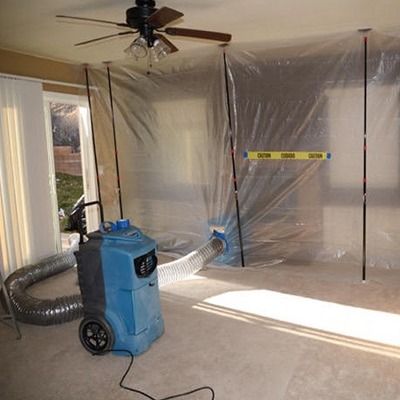
Cleanup and air filtration: The mold cleaning approach depends on its location. For example, mold on non-porous or semi-porous materials is often cleaned through a safe process that prevents spores’ becoming airborne.
Disposal or removal: The type of material on which mold grows determines whether disposal is needed. Mold growth on porous material generally requires removal.
Sanitization: Removing mold-infested material is followed by a thorough cleaning of all impacted items including furniture, curtains, floors, and walls. Sanitization also involves deodorizing and eliminating odors with fogging equipment.
Preventative recommendation process: The final step in mold remediation is the preventive recommendation process provided by mold remediation professionals.
Post remediation inspection: After the remediation process, a post clean up inspection is conducted to test and confirm the remediation’s success and cleanup effect.
Mold Remediation Regulations and Standards
There are strict regulations for mold removal technicians in the remediation process. These include:
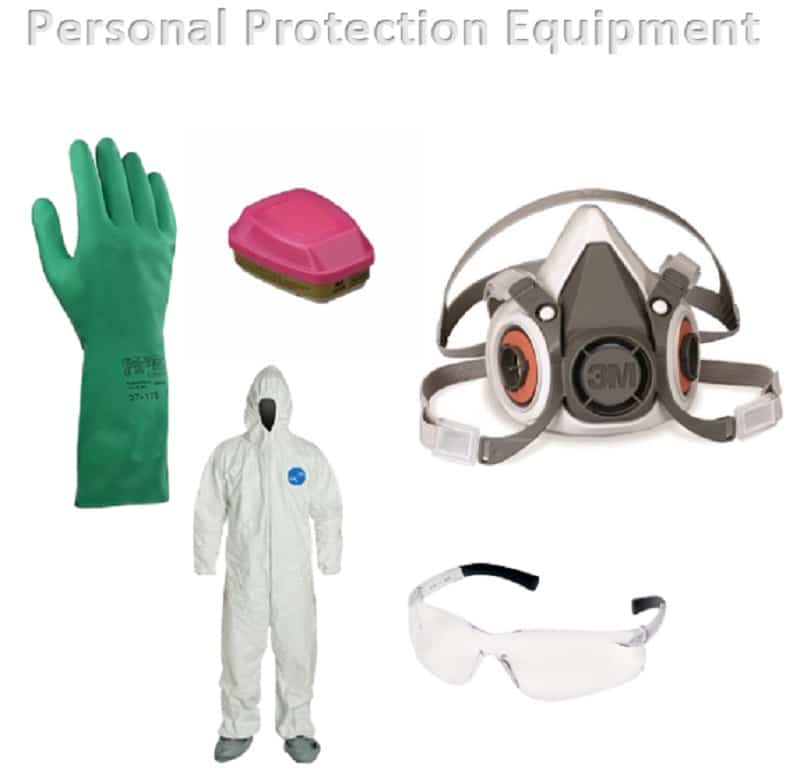
- Using appropriate personal protective equipment (PPE)
- Containment of affected areas
- Maintaining indoor air quality
- Protecting unaffected property parts
When to Consider Professional Mold Remediation
If you have a mold outbreak that covers more than 10 square feet, you’ll most likely need a professional mold remediation service.
Also, if a family member or loved one in your home is experiencing sudden mold allergy symptoms like coughing, wheezing, red eyes, stuffed nose, irritate eyes or skin or wheezing, this could be a sign of mold infestation.
A good way to check is to notice if symptoms subside or disappear when outside your DC home. In this instance, it’s worth seriously considering a professional mold remediation service.

Additional things to look for:
Musty, pungent odor
-Smell comes and goes
-Mold thrives in dark humid places (attics, basements, bathrooms, underneath sinks)
Water leak or flooding
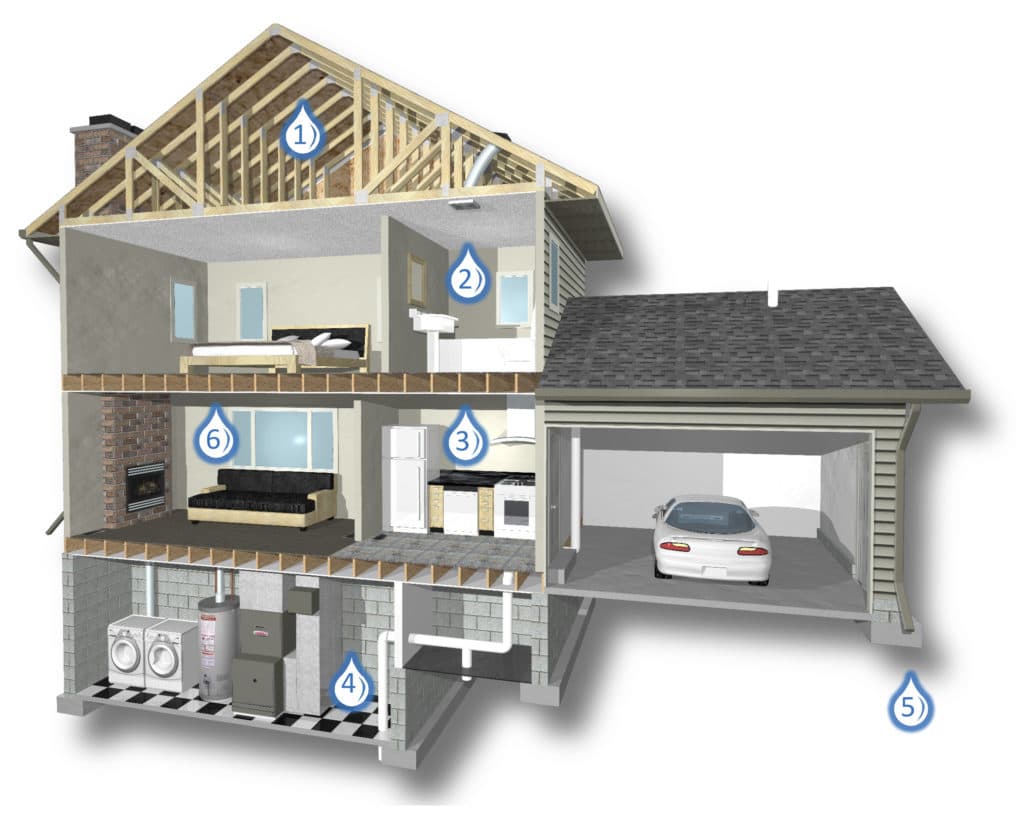
-Check for mold anytime your home floods or you have a water leak.
-Mold spores can’t always be detected with the naked eye.
-Carpeting and area rugs are breeding grounds for mold if they get wet and aren’t dried quickly and thoroughly.
Color change
-Mold comes in different colors including black, white, pastel.
-When you notice a change in color on any surface like cabinets or walls, do a mold check.
As a general rule, it’s essential to inspect your home for any signs of mold infestation regularly.
Calling the Mold Remediation Professionals
Mold remediation is crucial before more serious issues arise. Choosing not to seek professional mold remediation can be harmful to you and your loved ones’ health. In addition, you risk re-infestation when attempting to eliminate mold on your own.
Mold strains in very small, limited areas like a bathtub or small section of drywall near a leaky tap, can be easily treated. Mold cleaner can be used to thoroughly wipe an affected area, along with grout and caulking replacement.
Drywall portions of 10 sq ft or less with mold are not considered severe in most cases. Such mold can remain isolated wiped down with mold remover. But always look out for additional warning signs mold might be elsewhere in your home. Just because you don’t see it doesn’t mean it’s not there.
Trying to remove mold on your own without proper containment will trigger mold spores and cross-contaminate clean, unaffected areas. For safety, it’s best to leave the handling of mold contamination to experts.
Industry certified mold remediation experts will conduct a safe process preserving your Washington DC home’s structural integrity without jeopardizing you and your loved one’s health.
Choosing Health and Safety for Your DC Home
We hope you found this information useful and that now you know the difference between mold removal vs. mold remediation. The process for mold remediation is more complex and involved to address the severity of mold issues in a home. Knowing when you can treat mold on your own vs. when it’s time to call the professionals can help you protect your DC home and the health of your family.
Why MoldGone
At MoldGone, we offer FREE mold inspection. Our mold removal and mold remediation services are available at reasonable prices.
Call us today at 240-970-6533 or Click here to schedule your appointment.
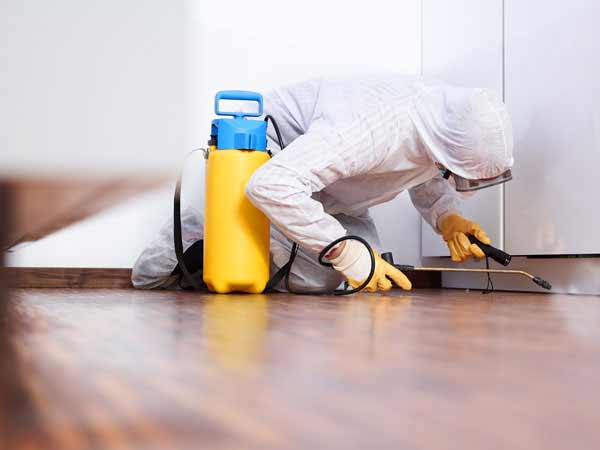

Recent Comments